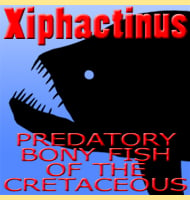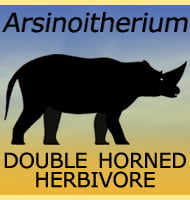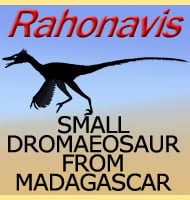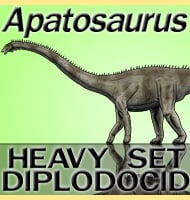In Depth
The description of Velafrons is based upon the remains of a juvenile individual. This has allowed for an increased insight into how hadrosaurs developed as they grew up, though the case of Velafrons is a little different. Most hadrosaurs known from juvenile individuals show a proportionately large skull in relation to the body size in younger juveniles, steadily getting smaller as the animal ages and grows into its adult body. This is also seen in Velafrons, but the skull is still quite large for its stage of development. Additionally the crest is present but small when compared to other genera. What this means is that Velafrons may have grown at a different rate to other lambeosaurine hadrosaurids. Also, the crest of Velafrons may have been smaller than the crests of other genera, though it should be remembered that since the holotype is of a juvenile, the crest in adults was likely to be larger and/or slightly different in form.
With an adult size estimated to be around the ten meter long mark, Velafrons was probably around the upper average size for North American hadrosaurs during the Campanian stage of the late Cretaceous. However even though this was quite big, some like Magnapaulia grew quite a bit larger than this. Velafrons is classed as a lambeosaurine hadrosaurid because the crest on its skull is hollow. Out of all the lambeosaurines, Corythosaurus and Hypacrosaurus are considered to be particularly close relatives.
Further Reading
- Velafrons coahuilensis, a new lambeosaurine hadrosaurid (Dinosauria: Ornithopoda) from the Late Campanian Cerro del Pueblo Formation, Coahuila, Mexico, Terry A. Gates, Scott D. Sampson, Carlos R. Delgado de Jesus, Lindsay E. Zanno, David Eberth, Rene Hernandez-Rivera, Martha C. Aguillon Mart�nez & James I. Kirkland - 2007.










